Jaded travellers bemoaning the remoteness of Sakhalin, a rugged island in the Russian Far East that is twice the length of Ireland, should spare a thought for its most famous visitor.
Executives and engineers making the long haul from Moscow or North America to this energy-rich Pacific outpost can look forward to a good hotel and excellent seafood on their arrival, but after a 10-week slog across Siberia in 1890, Anton Chekhov approached Sakhalin with a sense that he was entering the underworld.
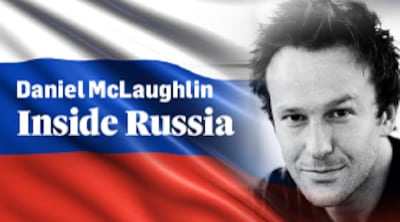
Spring had turned Siberia’s rudimentary roads into bogs and its rivers into raging torrents, and when the 30-year-old writer and doctor finally sailed to Sakhalin in early July, he found its forbidding landscape ablaze with forest fires.
“Through the darkness and smoke spreading over the sea, I could not see the landing stage or buildings and could make out only the dim lights of the post, two of which were red,” he wrote in Sakhalin Island, his account of the expedition.
“This fearful picture, crudely cut out of the darkness, silhouettes of mountains ... flames and sparks from the fires, presented a fantastical appearance ... And everything was covered in smoke, as if we were in hell.”
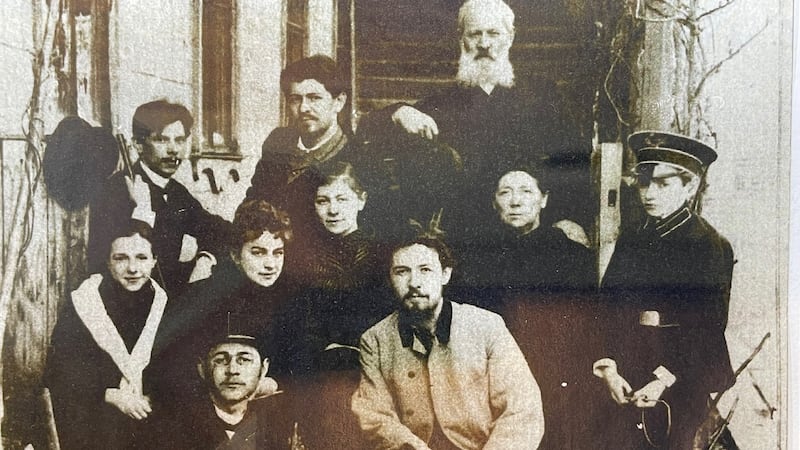
Chekhov spent three months on Sakhalin seeing how current and former prisoners, their families and their guards lived on an island that was Tsarist Russia's Australia, a place at the edge of the map that meant suffering and lifelong exile.
It seems he went for many reasons: he admired the explorers who charted the Russian empire’s harshest lands, and felt himself becoming too comfortable in the Moscow salons where his work was winning praise; and the previous year he had lost his brother Nikolai to tuberculosis, and was already experiencing symptoms of a disease that would kill him too, at the age of 44.
Yet he was also angry at Russia’s apparent lack of concern, or even curiosity, about its “katorga” system of prison and exile and the fate of those it swallowed up.
"You write that no one needs Sakhalin and it is not interesting to anyone. Is that really true?" Chekhov wrote to his friend, publisher Alexei Suvorin, shortly before leaving Moscow.
“Sakhalin can only be unnecessary and uninteresting to a society that does not exile thousands of people there and spend millions on it.”
A reproduction of the letter is on display in the island's capital, Yuzhno-Sakhalinsk, at a museum dedicated to Chekhov's visit and subsequent book, which would inspire a Seamus Heaney poem and be hailed by the New Yorker as the greatest journalism of the 19th century.
Downtime
The city has few tourist attractions, and so the museum offers a photo opportunity for oil and gas workers enjoying downtime in a place where the Soviet Union's collapse in 1991 brought the likes of ExxonMobil and Shell rushing in.
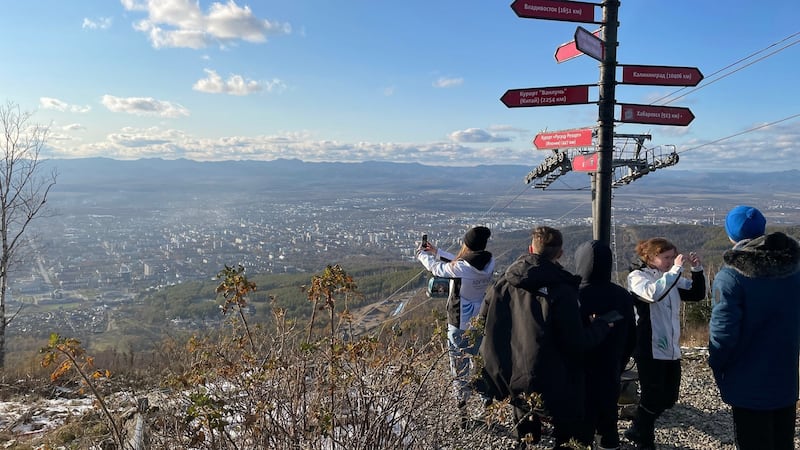
Russian convicts in Chekhov's day dug coal here, and after Japan defeated Tsarist forces in a 1904-5 war, it took control of the southern half of the island, including Yuzhno-Sakhalinsk, and sent workers from annexed Korea to these mines.
The main landmark in this mostly Soviet-built city is the Sakhalin regional museum, constructed with striking pagoda-style roofs by the Japanese shortly before the Red Army took the whole island at the end of the second World War.
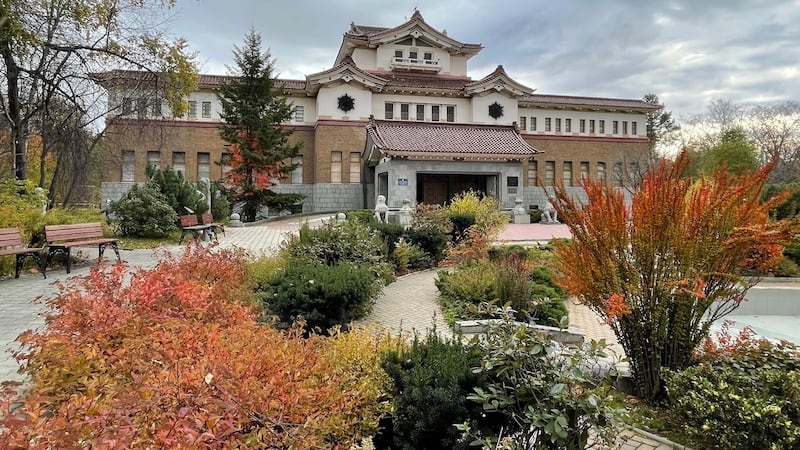
The museum garden is home to a Japanese tank that Soviet forces knocked out when seizing the neighbouring Kuril islands in 1945, sparking a still prickly territorial dispute that has prevented Russia and Japan signing a peace deal to formally end hostilities.
New Japanese prime minister Fumio Kishida this month reiterated Tokyo's claim to sovereignty over four contested Kuril islands, which his country calls the Northern Territories, prompting the Kremlin again to reject such claims.
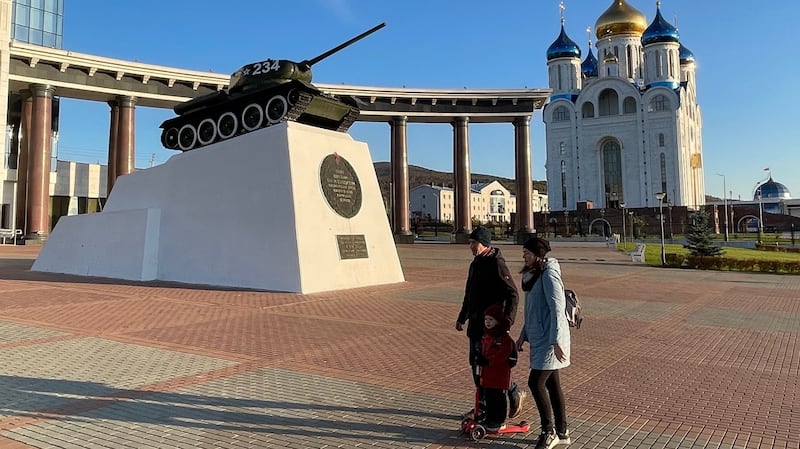
At the same time, however, Russian-Japanese-Dutch consortium Sakhalin Energy was sending its first shipment of "carbon neutral" liquefied natural gas (LNG) on the short journey to Japan, indicating that politics and even disputed territory need not necessarily get in the way of business.
The energy industry’s hand is felt in many aspects of life on Sakhalin, which Russia has pledged to make carbon neutral by 2025 in a pilot project for the nation.
Oil and gas money helps Sakhalin residents cope with living costs inflated by its remoteness, and even flows in the unlikely direction of the Chekhov museum, where a recent photo exhibition was co-sponsored by Sakhalin Energy.
On the promotional banner for the show, titled “The energy of Sakhalin – life in the lens”, an LNG tanker sails towards a perfect sunset through a pristine sea – as if today’s fears over pollution and global warming were as distant as the hellish prison island of Chekhov’s time.







